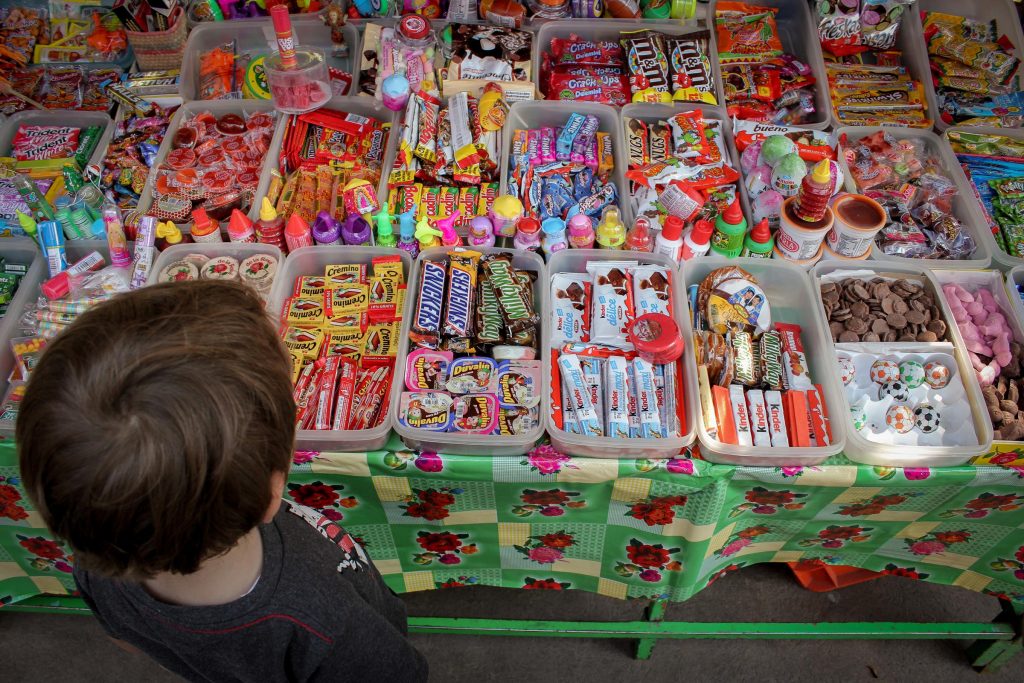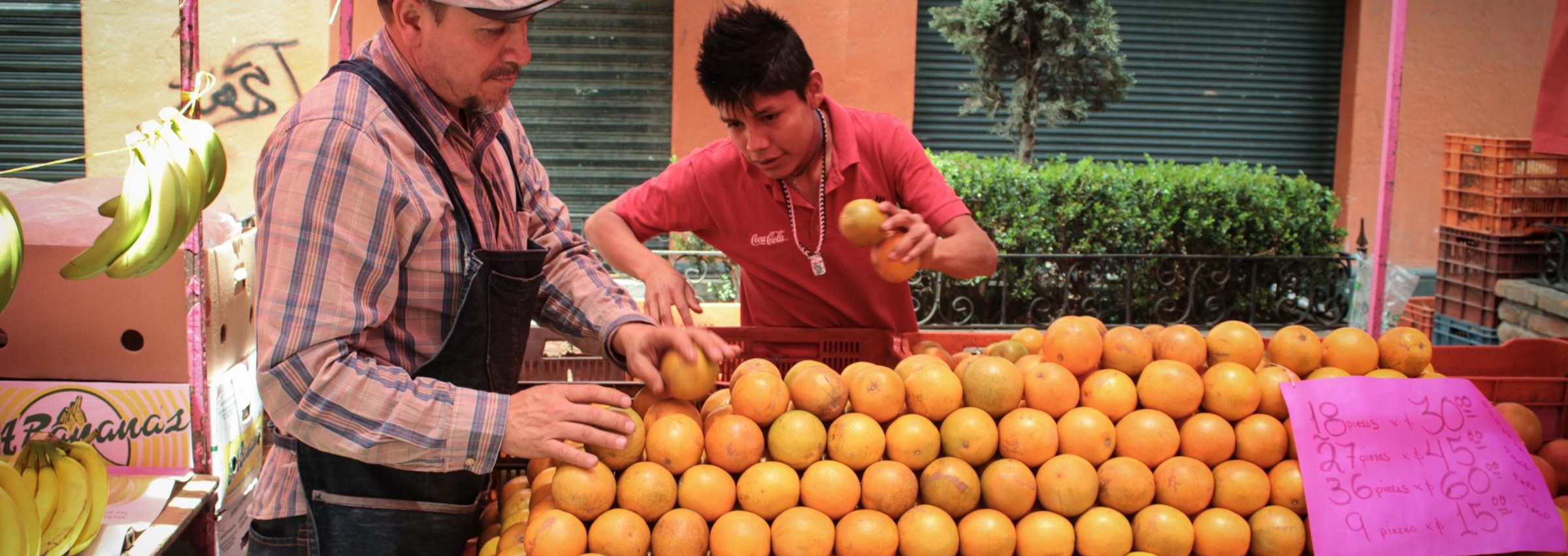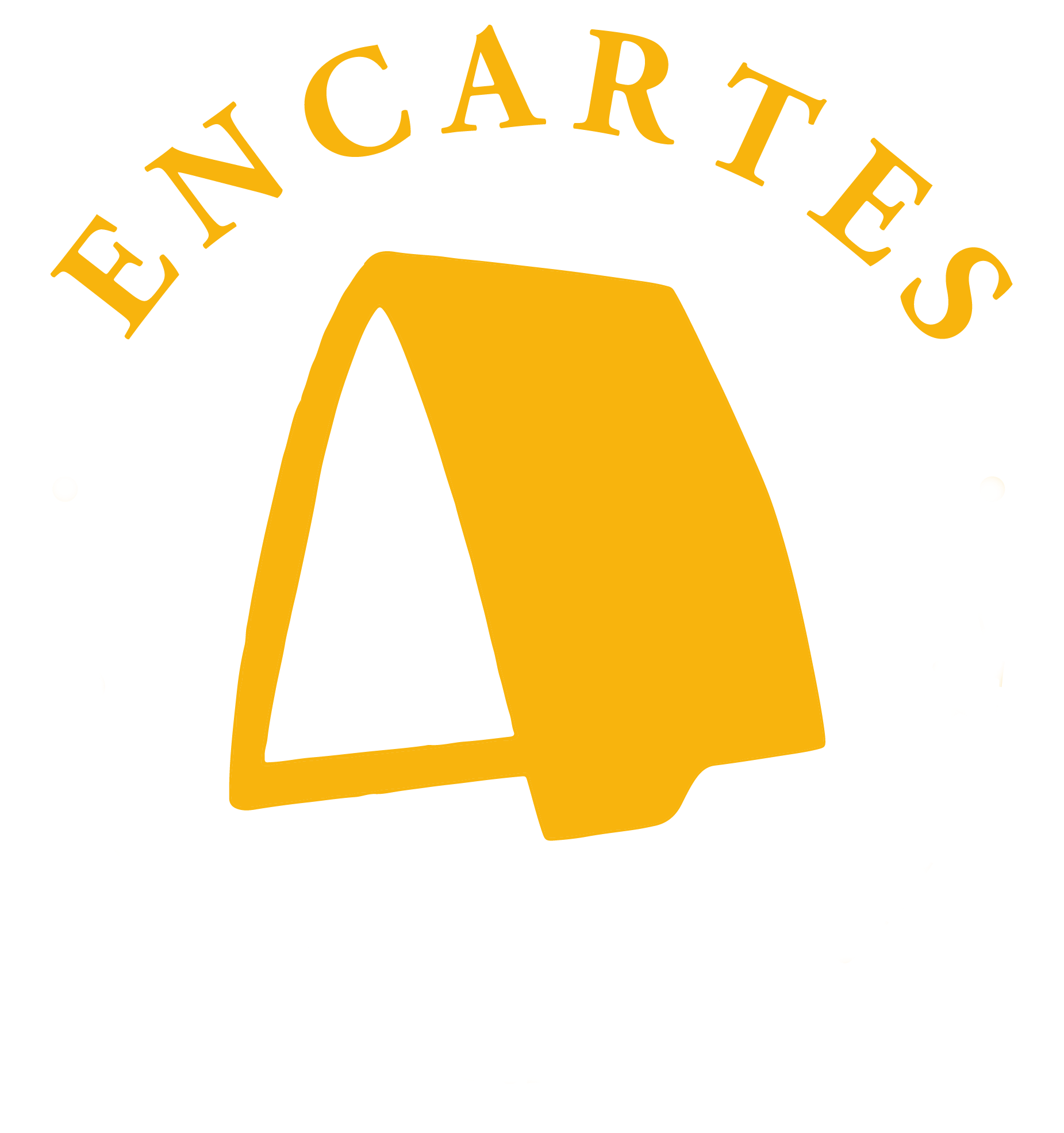home » esthetic
Articles about "esthetic"
EncArtes multimedia
Vol 6 No 12 (2023)

The awareness of being looked at: giving a view of the tianguis stall
- Frances Paola Garnica Quiñones
This photographic essay shows the process of giving view, a practice of presentation of the stall conformed by certain aesthetic elements that allow a crucial communication flow with other actors of the tianguis to ensure its continuity. The importance of the materiality and visuality of the stall is exposed in terms of its aesthetic production and the affectivities and values that are associated with it and that result in a visual language of the market. This essay is derived from the ethnographic work carried out between 2012 and 2013 in collaboration with Ruta 8, one of the associations of merchants enrolled in the Mercado Sobre Ruedas (msr) program, coordinated by the Secretaría de Desarrollo Económico (sedeco) of Mexico City (cdmx).
EncArtes multimedia
Vol 3 No. 5 (2020)
Altars we see, meanings we do not know: material sustenance of lived religiosity
- Anel Victoria Salas
- Renée de la Torre Castellanos
Keywords: altars, popular Catholicism, aesthetics, religious images, materiality, lived religiosity.
This work consists of a photographic essay on domestic altars that is accompanied by narratives of their owners and aims to address the Catholic religiosity that is practiced on a daily basis in non-ecclesial spaces. The ethnographic work (based on photographic records and interviews) focuses on the materiality of the altars (which make beliefs visible) and on the narratives that account for the symbolic meanings, appropriations and uses of Catholic images in ordinary life. of believers. We address three scenarios for assembling and practicing altars: domestic (they are generally private and individual and are found within homes); semi-private (in workplaces, such as offices, market stalls, canteens and workshops), that although they are cared for by a person, are not for exclusive use, are exposed and are sometimes the reason for practices of those who attend that place, and public (street or neighborhood), which are placed in open spaces (on a sidewalk, square or corner) and activate collective practices and are even protected by a community. We consider it to be a novel methodological proposal to approach the understanding of religious experiences and their non-ecclesial logic.






